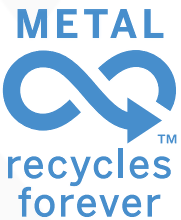Environmental
Scanmetals’ recovery of non-ferrous metals from residual household and municipal waste treated in EfW facilities is an important contributor to the Circular Economy and in reducing Carbon emissions.
In 2021, Scanmetals collectively recovered 46,505 tonnes of non-ferrous metal, including 31,623 tonnes of aluminium. It is estimated that ~85% of all aluminium recovered from IBA originates from aluminium packaging.
Metal recovered from IBA results in significant energy savings over primary metal production. This energy saving can be translated into a reduction in the carbon emissions of overall metal production.

The Circular Economy
The circular economy focusses on activities that preserve value in the form of energy, materials and labour. This means designing for durability, reuse, remanufacturing, and recycling to keep products, components, and materials circulating in the economy. This is not always possible and the treatment of residual waste by incineration and the recovery of the aggregates and metal from IBA is therefore key to ensuring all recovered by products from EfW facilities are sent back to the economy in a low-carbon, circular manner.
Aluminium Packaging Recycling
Packaging plays a vital role in the manufacturing and transportation process for literally every product we consume. Whilst the packaging industry has taken steps to reduce waste, notably the use of thinner and lighter material, there is still a great deal of packaging that is either more difficult to reclaim or not recyclable, such as multiple materials laminated together, or contaminated with food.
Aluminium packaging in post consumer waste comprises mainly beverage cans, foil trays and aerosols. Smaller fractions include screw caps, dairy lids and coffee capsules. In addition, aluminium is also a component in many composite materials, including food and beverage cartons, wrappers and laminated packs such as food and drink pouches. Segregation of beverage cans and closed loop recycling is the preferred way to recycle this aluminium. However, this is not possible for many other aluminium packing components which end up in residual waste. Without the treatment of IBA from EfW facilities this aluminium would be lost. Aluminium is endlessly recyclable, so carbon savings increase every time the metal passes through the recycling loop.
Carbon Emissions
It is estimated that recycling aluminium consumes 90% less energy than producing it from its raw material (bauxite), while the recycling process generates only 5% of the carbon emissions produced from primary aluminium production. The same can be said for copper and zinc where there is approximately an 80% energy saving in producing ‘new’ metal from recycled sources.
The use of secondary or recycled metal in the manufacturing process therefore results in significant energy savings and a reduced overall carbon footprint for producers. In addition, metal recycling reduces the amount of finite natural resources required in the production of primary metal.
It is therefore essential that metal contained in residual waste be kept from landfill and returned to its sustainable cycle of production.

